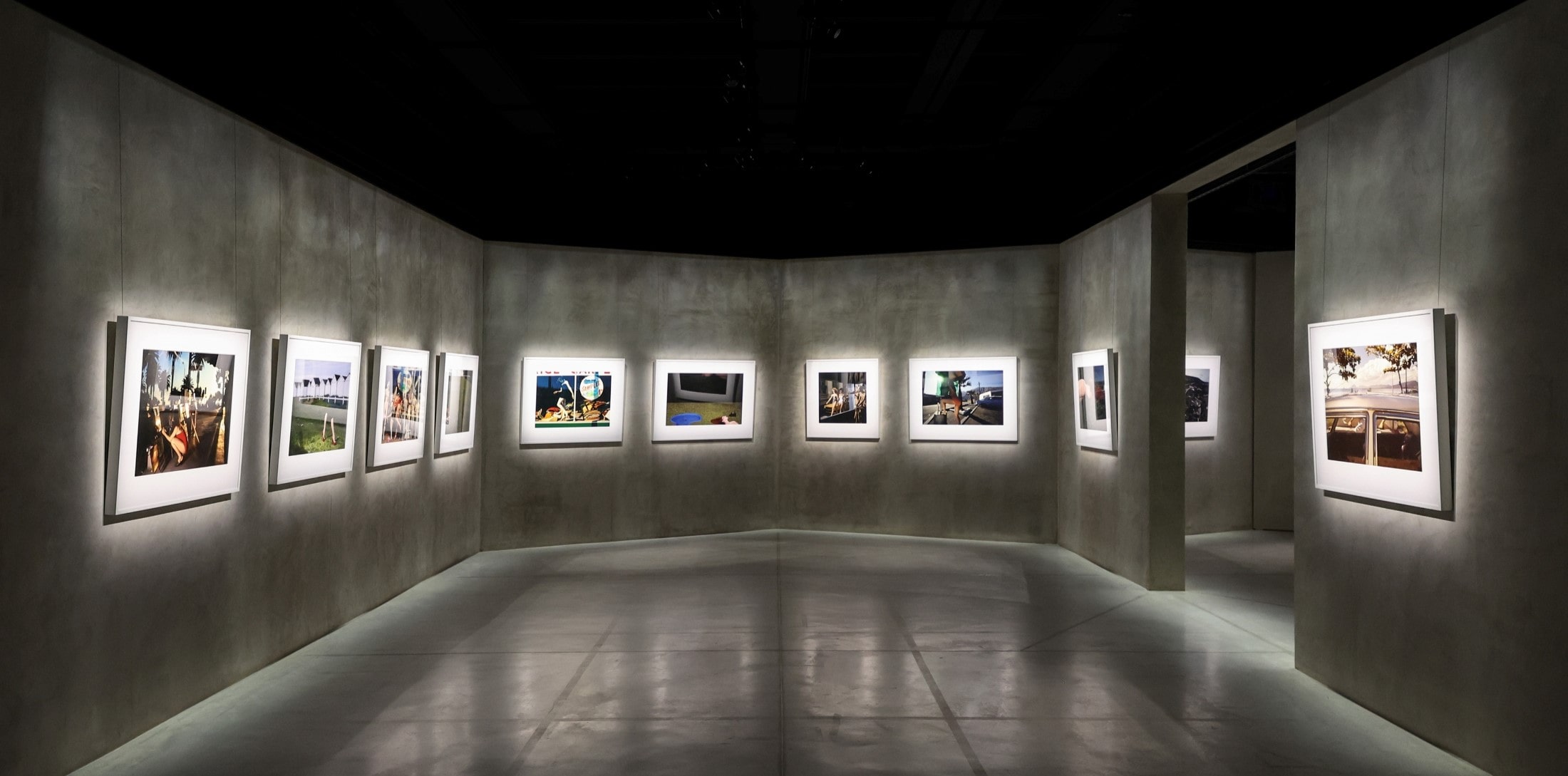
Giorgio Armani curates an exhibition spotlighting the work of French photographer Guy Bourdin: The role of the model
For his latest exhibition, ‘Storyteller’, Giorgio Armani has curated the work of the French fashion photographer Guy Bourdin in collaboration with the Guy Bourdin estate. While Armani has admitted he doesn't have all that much in common with Bourdin, he was drawn to the revolutionary creative freedom of Bourdin’s work.
The show is held at what was once a 1950s food storage facility in Milan, which was converted into a slick space in 2015 to celebrate the 40th anniversary of Armani’s career.
This exhibition is further confirmation of my intention to make Armani/Silos a centre of contemporary photography culture, embracing everything related to the Armani world as well as things that couldn’t be further from it,
Armani said in the official press release.
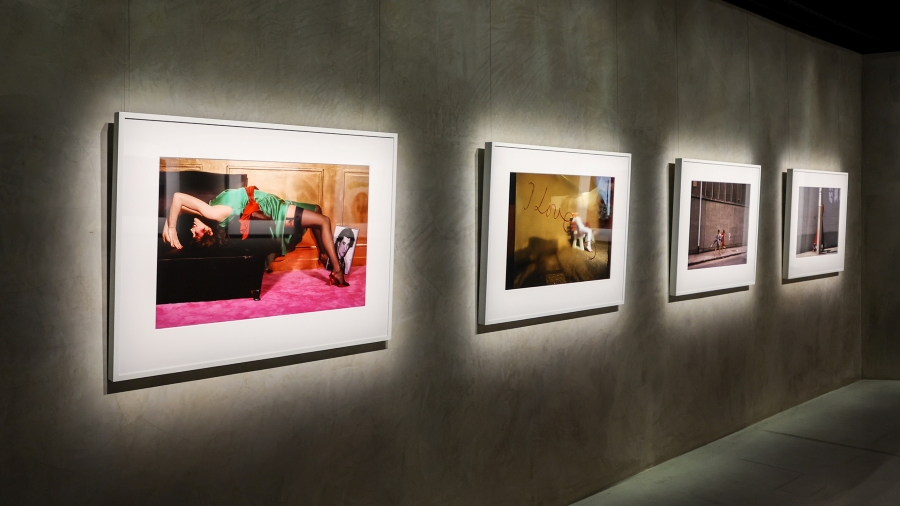 Armani / Silos - Guy Bourdin, Storyteller - Courtesy of Giorgio Armani
Armani / Silos - Guy Bourdin, Storyteller - Courtesy of Giorgio ArmaniGuy Bourdin: Broken beginnings
Guy Bourdin (1928-1991) didn't set out to please the masses. On the contrary, he was destined to spur change that has had a ripple effect on fashion as we know it today. His resilience was perhaps a product of the circumstances he was born into: he was a child of the great depression, left to be raised by his grandparents, and a servant in the French military. Without this resilience, Bourdin may not have returned to the doorstep of his idol, Surrealist Artist, May Ray, seven times before successfully convincing the artist to be his mentor. Perhaps it was due to him having been born into such unconventional circumstances that he acquired a revolutionary approach to fashion.
Bourdin’s shots featured in the February 1955 edition of Vogue Paris marked the beginning of his prolific career. These are not on display at Armani/Silos but set the scene for the works featured in ‘Storyteller’. In one of Bourdin’s images, a model appeared before a row of dismantled cow’s heads lining the wall behind her, In another shot, a model appears alongside hare carcasses dangling down from hooks. In the mid-20th century, this composition and subject matter was unheard of, it was outrageous. This was the beginning of a new era in defining the fashion model.
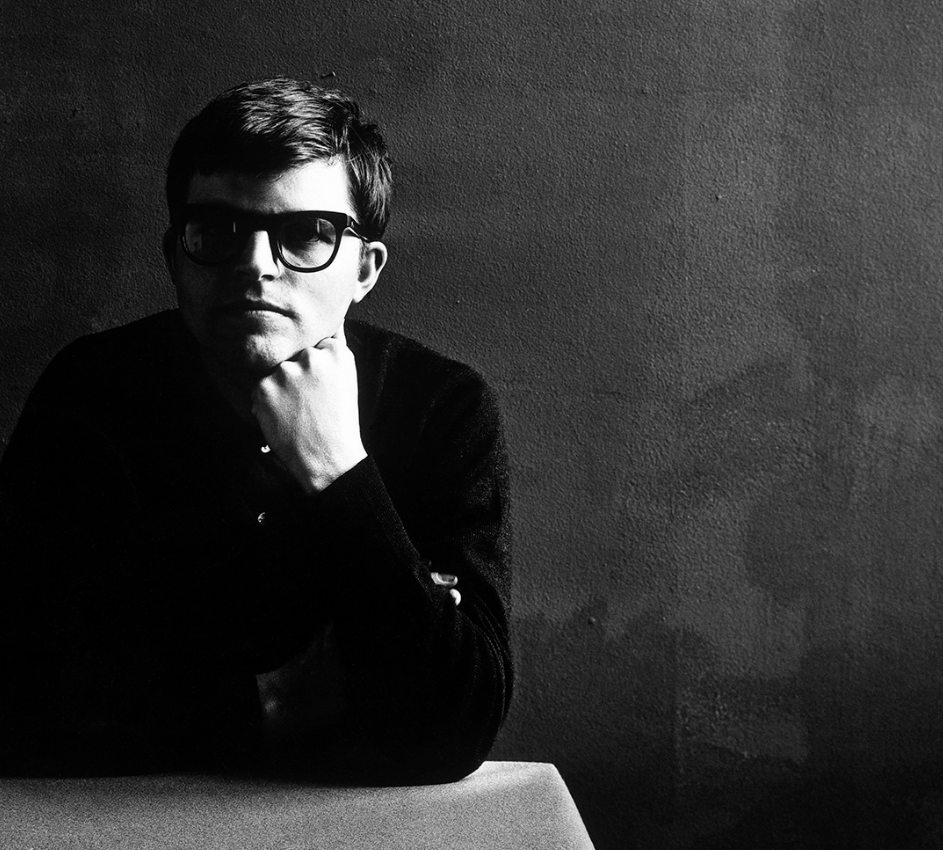 Guy Bourdin - Armani / Silos
Guy Bourdin - Armani / Silos Mysterious models in ‘Storyteller’
The pieces selected by Armani for ‘Storyteller’ speak to the key themes underpinning Bourdin’s work from the 70s onwards, which reflect his struggle with the role of the model. In a greyscale piece, a horse rider sporting buckled boots with a trendy wide shaft, lightly plumed pants, and a dense white blouse mantles a live horse. We are well aware of the outfit and the horse’s prominent profile, however, the model seems to be playing the role of the mythical figure known as the "Headless Horseman" from the American Folklore Legend of Sleepy Hollow. Decades before Photoshop, Bourdin went to great lengths to completely remove the head of the model by hiding it among the leaves of a towering tree. While this may well be inspired by folklore, examining this piece in retrospect, we see the beginnings of a theme that he developed: the intentional displacement of models from the centre stage.
The influence of crime - Bourdin’s fascination with Hitchcock
Film director Alfred Hitchcock's films were another key influence in Bourdin’s work. Hitchcock was described as the ‘Master of Suspense’, known for maximising audiences’ voyeuristic experience of crime. Arguably, Hitchcock’s most memorable film, Psycho, was renowned not only for being the first movie to show a toilet on screen but also for killing off the leading lady within the first third of the movie. Hitchcock’s storytelling style was prevalent throughout Bourdin’s works, whether it is vibrant orange heels saving the day by stamping on the guilty hand reaching for a smoking gun beneath a cinema marquee reading ‘caught in the act’, references to suspicious characters, or models starring as the victims in crime scene investigations.
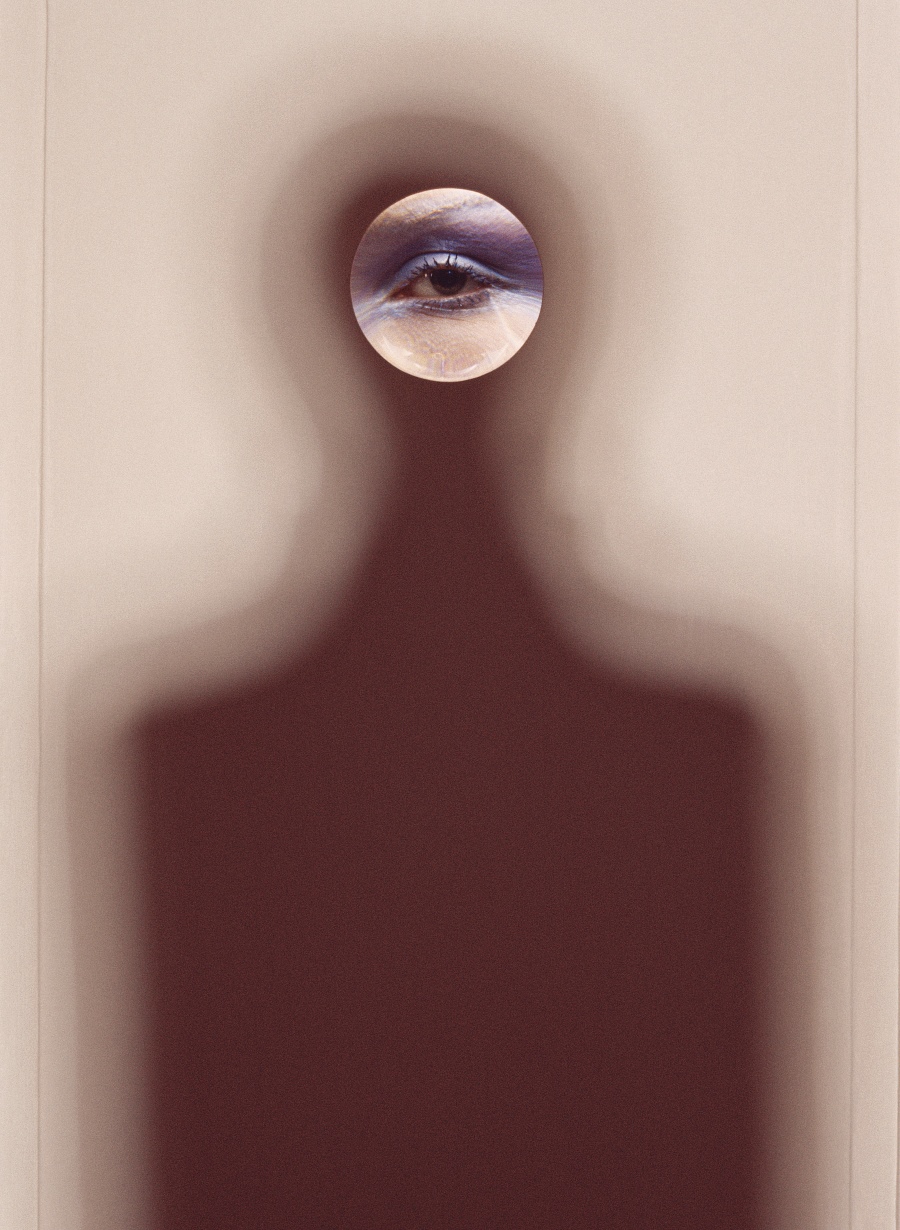 Invite for MAF!A AD Agency, 1972 © 2023, The Guy Bourdin Estate
Invite for MAF!A AD Agency, 1972 © 2023, The Guy Bourdin EstateAn obsession with the female form
Bourdin began by veiling the faces of his subjects, but his obsession with breaking down the female form intensified. In numerous pieces, Bourdin plays with the idea that legs have a mind of their own. The narrative in these pieces seems to be that the shoes are so alluring they managed to convince the legs of a model to run away on a high-heeled adventure. In one of these works, red-soled stilettos are on a dusk adventure with torso-less legs, trotting through a cobblestone street. In the background, a car is hurtling around a corner towards the unassuming legs, harkening back to a Hitchcockian suggestion that we may be witnessing a crime seen in motion. Even when Bourdin reintroduces the ‘whole model’, detachment from identity is still a pervasive theme that filters through.
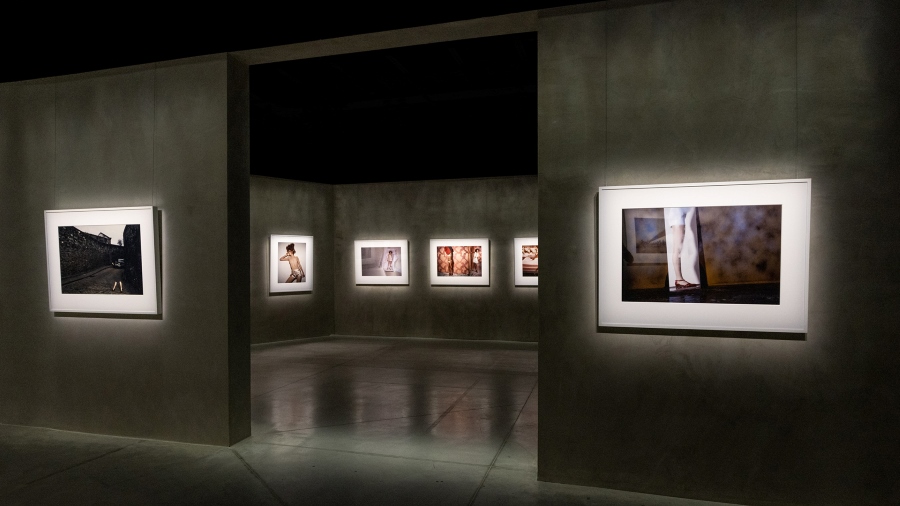 Armani / Silos - Guy Bourdin, Storyteller - Courtesy of Giorgio Armani
Armani / Silos - Guy Bourdin, Storyteller - Courtesy of Giorgio ArmaniPlacing fashion at the forefront
Being abandoned by his mother at an early age perhaps influenced Bourdin’s detachment from the models he portrayed. His subjects always seemed to have a distinctly cold mannequin-like aesthetic. Some obvious examples include his image of a female model in a giant gift box, frozen like a giant American Dream Girl Doll, or another in which a model is displayed in a shop window with a lifeless zombie-like pose beside a pile of discarded fabrics and a ‘discontinued samples’ sign.
Commercial props aside, Bourdin intensified the paleness and sheen of his model’s skin, conveying a plastic lifeless quality, and show-like rouged cheeks, deep red lipsticks and dramatically dark eye makeup. This controversial, yet effective approach displaced the role of model from star to servant of the garment. Bourdin shifted clothing to the forefront of fashion photography.
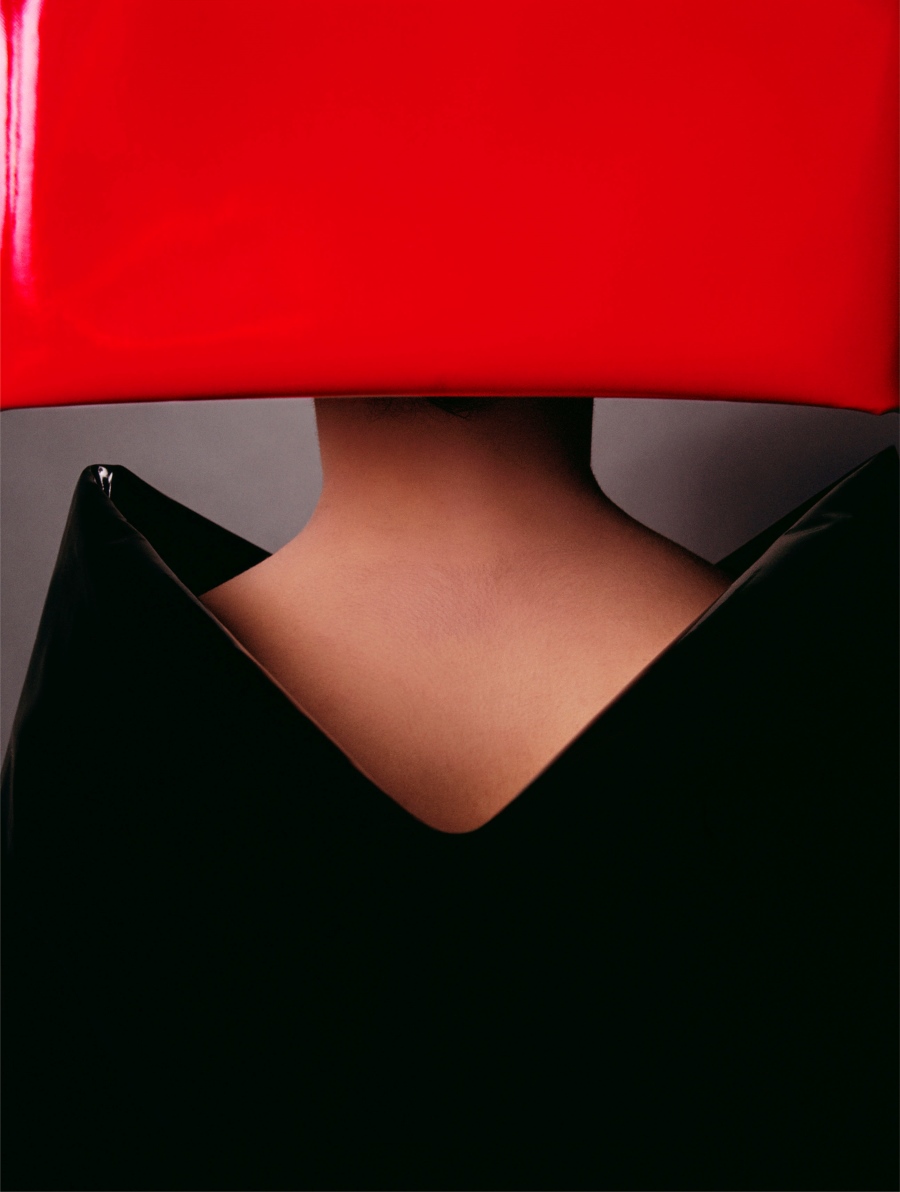 Guy Bourdin Archives, c. 1974 © 2023, The Guy Bourdin Estate
Guy Bourdin Archives, c. 1974 © 2023, The Guy Bourdin EstateThe surrealist influence of his mentor Man Ray impacted Bourdin’s ability to think beyond modelling as it had been understood historically. What if we have no idea whether the model is human or mannequin? What happens if we remove the identity of the human model? What if we cannot decipher what part of the body is featured? By abstracting the human form, the viewer's attention is shifted to the item of clothing, rather than the model. Bourdin’s work suggests that fashion is less about the body, societal status, or power, but about the clothing itself. In the age of influencers, perhaps we have turned to rely on the identity and status of the human modelling the garment to sell it, rather than the value and artistry in the garment itself.
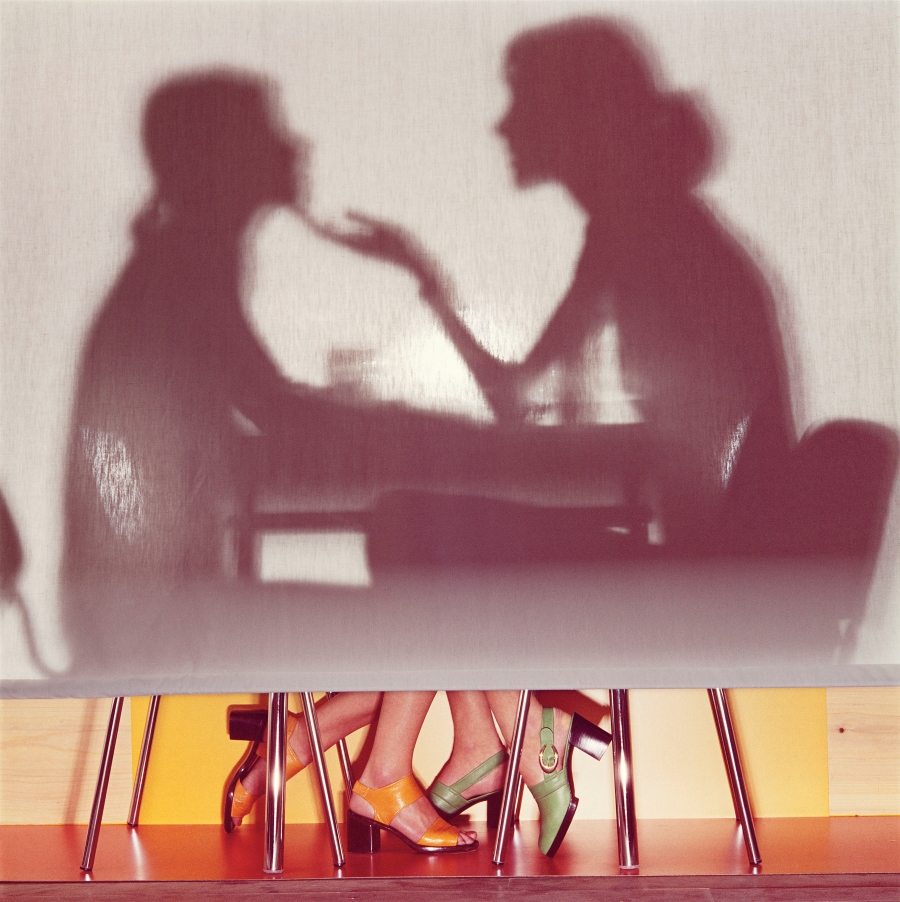 Charles Jourdan, 1972 © 2023, The Guy Bourdin Estate
Charles Jourdan, 1972 © 2023, The Guy Bourdin EstateArmani’s signature work
Bourdain's works take up the ground floor of the Armani/Silos while the two upper floors showcase Armani’s signature pieces. From red carpet wear to oriental influences, Armani’s work over the decades has been carefully curated to give visitors a taste of his versatile sense of style. Among the jewels is a section dedicated to the designer’s development of apparel, which went far beyond a fashion fad.
In the early 1990s, women were making their mark on the workforce, yet their workwear was still restrictive. Women were expected to wear pencil skirts and tapered jackets or cardigans. In an attempt to deconstruct the suit jacket, Armani proved that a "power suit" could be a neutral suit that could give power to everyone who chose to wear it. The suit jacket has been a symbol of status and the democratisation of this status was Armani’s inspiration for the reconstruction of the garment. Ahead of his time, androgyny was a key theme in Armani’s presentation of this redesigned jacket, alluding to the idea that men's and women’s fashion could be synonymous. Armani began to unpack inequality in the workplace and played a key role in democratising fashion.
‘Storyteller’ runs until August 21, 2023.
Looking for more inspiring exhibitions worth travelling for? Don’t miss our insider's guide to the must-see cultural events in 2023.
Credits for the Main photo: Armani / Silos - Guy Bourdin, Storyteller - Courtesy of Giorgio Armani
